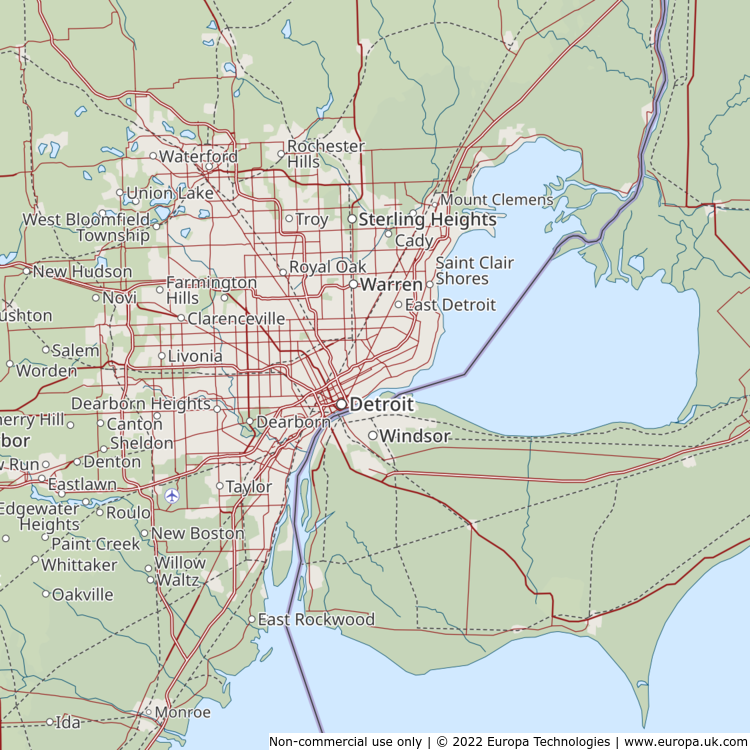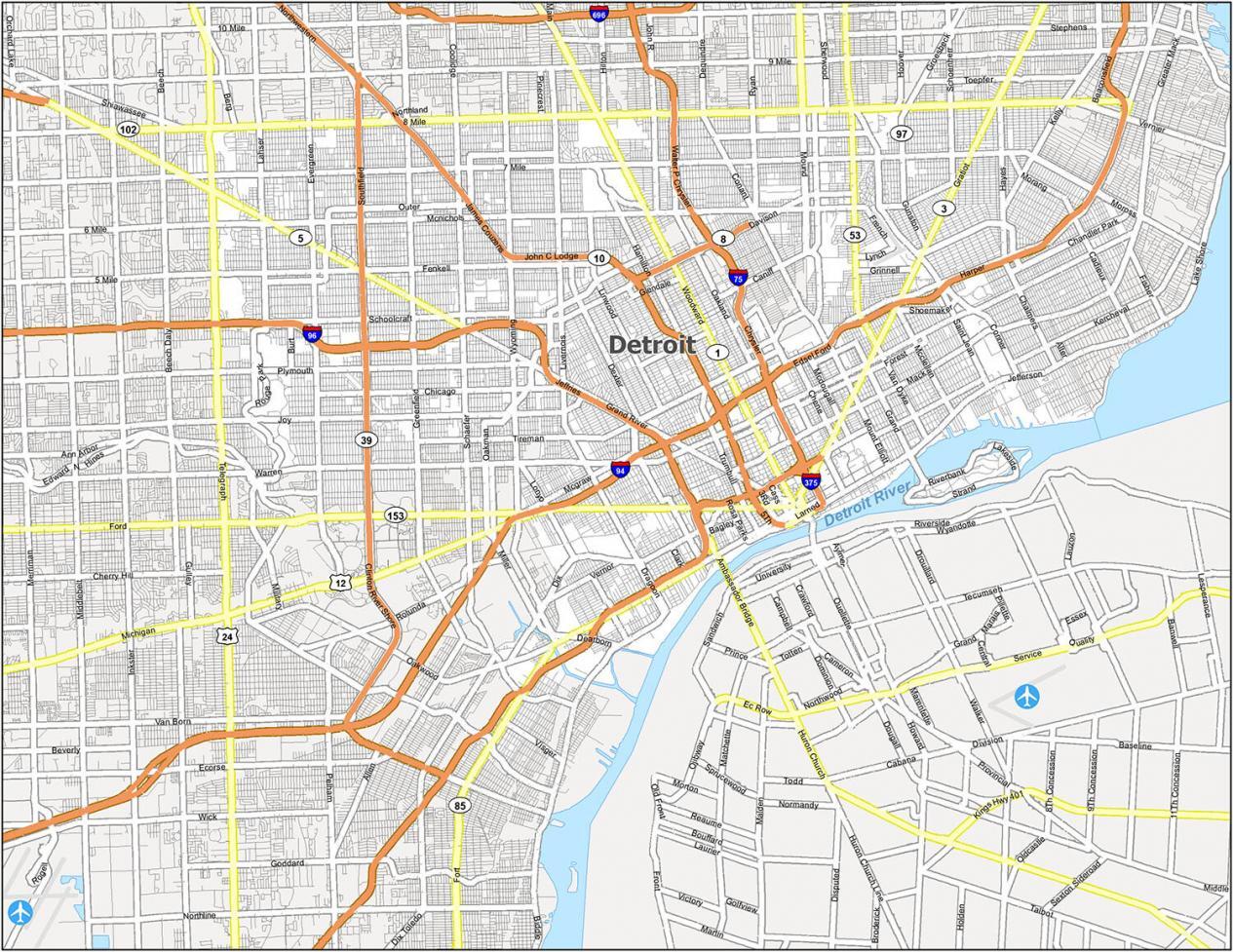Rub Maps Detroit: The phrase itself sparks curiosity. Does it refer to a hidden map of the city, a clandestine network, or perhaps something far more intriguing? This enigmatic term invites exploration into Detroit’s diverse cultural landscape, its rich history, and the potential for hidden meanings embedded within its urban fabric. We delve into the possible interpretations of “Rub Maps Detroit,” examining geographic locations, cultural contexts, and online presence to unravel the mystery behind this captivating phrase.
The investigation will explore potential geographic interpretations, focusing on specific Detroit neighborhoods and landmarks that might be associated with the phrase. We will also analyze the cultural and social contexts, considering slang, colloquialisms, and fictional scenarios to understand the phrase’s nuances. Furthermore, we’ll examine visual representations, imagining how the phrase might be depicted artistically, and explore its potential online presence across various platforms and communities.
Deciphering “Rub Maps Detroit”
The phrase “Rub Maps Detroit” lacks a readily apparent established meaning. Its ambiguity allows for multiple interpretations, depending on context and intended audience. This analysis explores potential meanings, geographic references, cultural connotations, visual representations, and its possible online presence.
Potential Meanings and Interpretations of “Rub Maps Detroit”

Source: uk.com
The phrase’s inherent vagueness invites speculation. “Rub” could imply a physical action of rubbing a map, suggesting a detailed examination or manipulation. Alternatively, it might be a slang term with a hidden meaning specific to Detroit’s culture. “Maps” clearly refers to cartographic representations of Detroit, but the combination suggests a deeper, possibly metaphorical, significance.
The phrase could be used in various contexts, from casual conversation among Detroit residents to academic discussions about urban planning or artistic interpretations of the city. Target audiences might include urban geographers, cultural anthropologists, artists, Detroit residents, and those interested in urban studies.
Examples of usage: “He spent hours rubbing maps Detroit, trying to find the perfect location for his art installation.” or “The artist’s latest piece, ‘Rub Maps Detroit,’ explores themes of displacement and urban renewal.”
Geographic Interpretations of “Rub Maps Detroit”
The phrase might refer to specific geographic areas within Detroit. It could represent a detailed study of particular neighborhoods, highlighting their unique characteristics. Alternatively, it could symbolize the city’s complex urban landscape as a whole.
| Neighborhood | Landmark | Significance | Possible Interpretation |
|---|---|---|---|
| Corktown | Michigan Central Station | Historic train station, symbol of Detroit’s industrial past and ongoing revitalization. | Focus on Detroit’s historical evolution. |
| Midtown | The Detroit Institute of Arts | Prominent art museum, showcasing Detroit’s cultural heritage. | Emphasis on Detroit’s cultural identity. |
| Downtown | Renaissance Center | Iconic skyscraper complex, representing Detroit’s modern skyline. | Highlighting Detroit’s contemporary urban development. |
| Eastern Market | Historic Market Sheds | Vibrant public market, reflecting Detroit’s diverse community. | Focus on Detroit’s community spirit and economic activity. |
Different interpretations could emphasize various aspects of Detroit’s geography, from its historical evolution to its present-day urban fabric.
Cultural and Social Contexts of “Rub Maps Detroit”
The phrase’s cultural relevance depends on understanding Detroit’s social landscape. It could reflect the city’s resilience, its struggles with urban decay and revitalization, or its vibrant artistic community. The phrase might hold a slang meaning within specific Detroit subcultures, requiring further investigation.
For example, the phrase could be used in a fictional scenario where a group of friends are discussing the best places to find hidden gems in the city. One might say, “Let’s rub maps Detroit and find that secret speakeasy everyone’s talking about.”
Visual Representations of “Rub Maps Detroit”
One possible visual representation could depict a worn, antique map of Detroit, heavily marked and annotated, with fingers visibly rubbing across its surface. The colors would be muted, sepia-toned, suggesting age and history. The setting could be a dimly lit study, emphasizing scholarly investigation.
Analysis of rub maps Detroit reveals interesting geographic patterns in user activity. This contrasts sharply with the seemingly less geographically-focused listings found on sites like craigslist madison pets , which suggests different user motivations and search behaviors. Further research into rub maps Detroit could illuminate broader trends in online activity mapping.
A contrasting image could show a vibrant, modern digital map of Detroit, displayed on a large screen, with data streams highlighting urban development and demographic shifts. The colors would be bright and dynamic, reflecting the city’s contemporary energy. The setting could be a futuristic urban planning office.
A third image could be a collage of various maps, old and new, superimposed and fragmented, symbolizing the complex and layered history of Detroit. The style could be abstract and experimental, using a variety of textures and media.
Potential Online Presence of “Rub Maps Detroit”

Source: gisgeography.com
The phrase might appear on social media platforms like Twitter or Instagram, used in hashtags or captions related to Detroit’s culture, geography, or urban development. It could also appear in online forums dedicated to Detroit, urban planning, or art. Potential search queries might include “Detroit urban exploration,” “Detroit map history,” or “Detroit hidden gems.”
The phrase could be incorporated into blog posts about Detroit, used as a title for an art exhibition, or included in a social media campaign promoting the city’s attractions.
Conclusion
The ambiguity surrounding “Rub Maps Detroit” allows for multiple interpretations, highlighting the richness and complexity of Detroit’s identity. Whether viewed geographically, culturally, or digitally, the phrase offers a fascinating lens through which to examine the city’s multifaceted nature. Further research and exploration are needed to fully decipher its meaning, but the journey itself reveals intriguing possibilities about Detroit’s hidden narratives and its vibrant, ever-evolving character.
